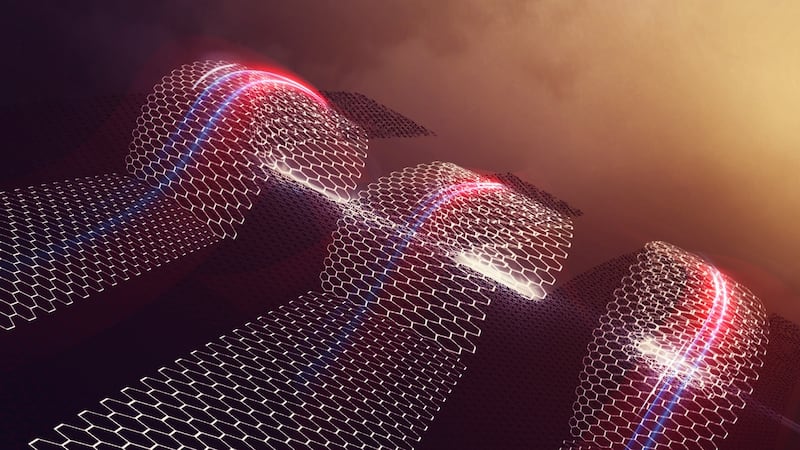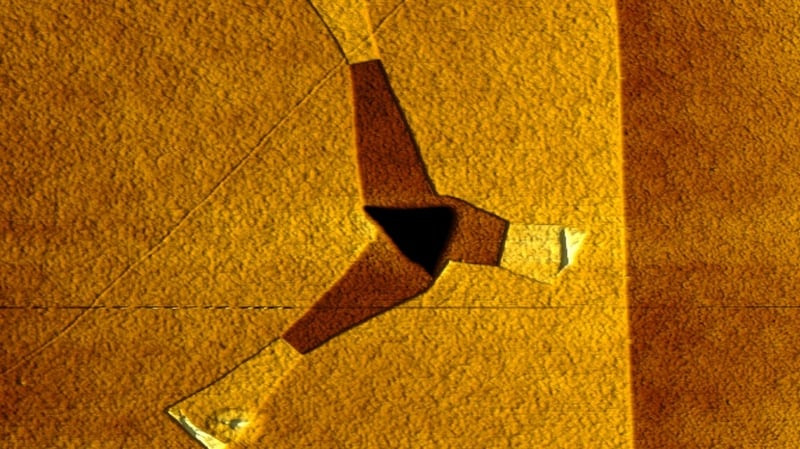Scientists at Trinity College Dublin have made groundbreaking advances with a new material that may one day be used to build roll-up television screens.
A team based in the Amber materials science research centre has found a way to form ribbons and other shapes with graphene, a wonder material that is about 100 times stronger than steel.
Importantly, they discovered a way to make the shapes "grow" spontaneously so they don't have to be manufactured. This is just as well, given graphene is a sheet of carbon only one atom thick, so it is difficult to handle.


The researchers, led by Prof Graham Cross, have discovered a way to make ribbons and other shapes grow out of a graphene sheet. Being able to do this is is important.
The electronics industry believes it can use graphene to build smaller, more powerful devices, such as roll-up TV screens. It could also be used in mobile phones, computers and other electronic devices.
Growing shapes
Being able to grow graphene into various shapes and sizes opens up many more applications, such as sensors and even microscopic machines.
The ability to grow shapes was discovered almost by accident by postdoctoral fellow Dr James Annett while cutting graphene sheets.
“When I looked more closely, I found that beautiful, well-defined structures had formed in the graphene sheets all by themselves,” he said.
The team realised the methods they were using caused the graphene to “spontaneously rearrange itself”. They also discovered how to speed up and expand the process using heat.
“We can make [graphene] behave like a self-animated sheet that folds, tears and slides while peeling itself away from a surface,” said Prof Cross. “Even better, we have figured out how to control the effect and make it happen in different places in the sheet at the same time.”
Their work has been placed on the front cover of the leading research journal Nature.










